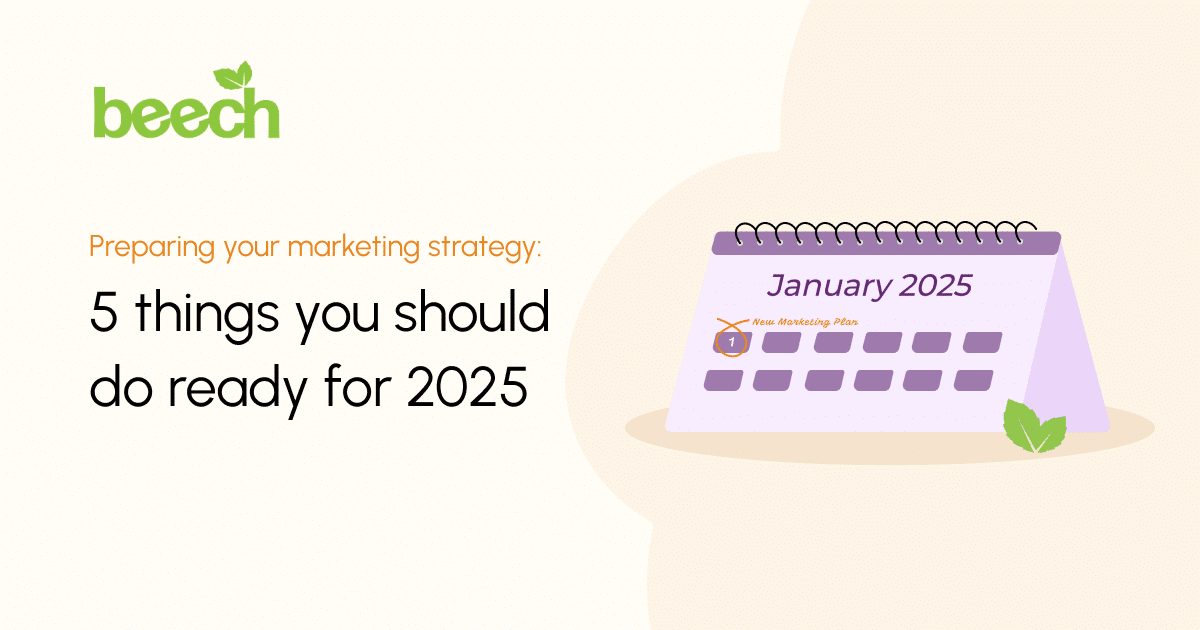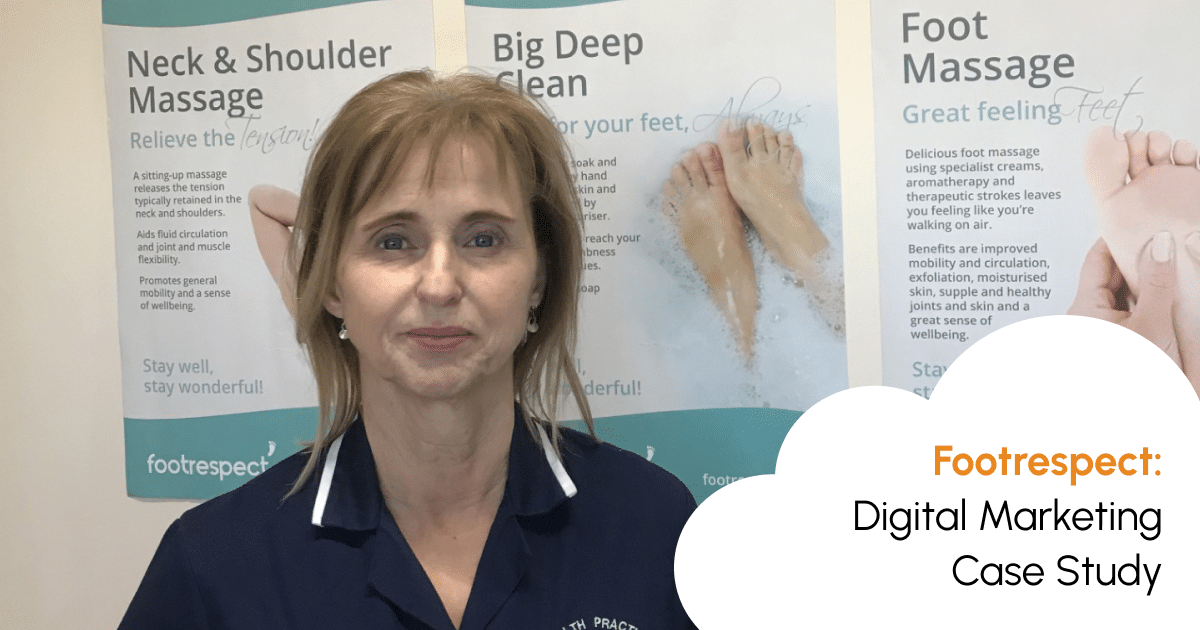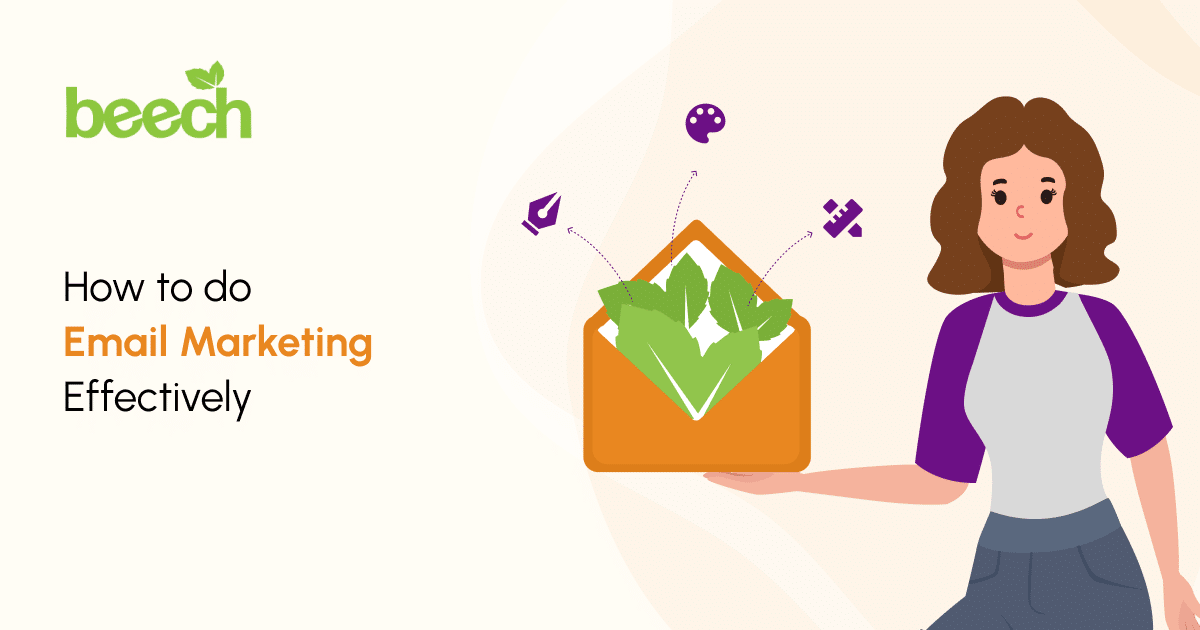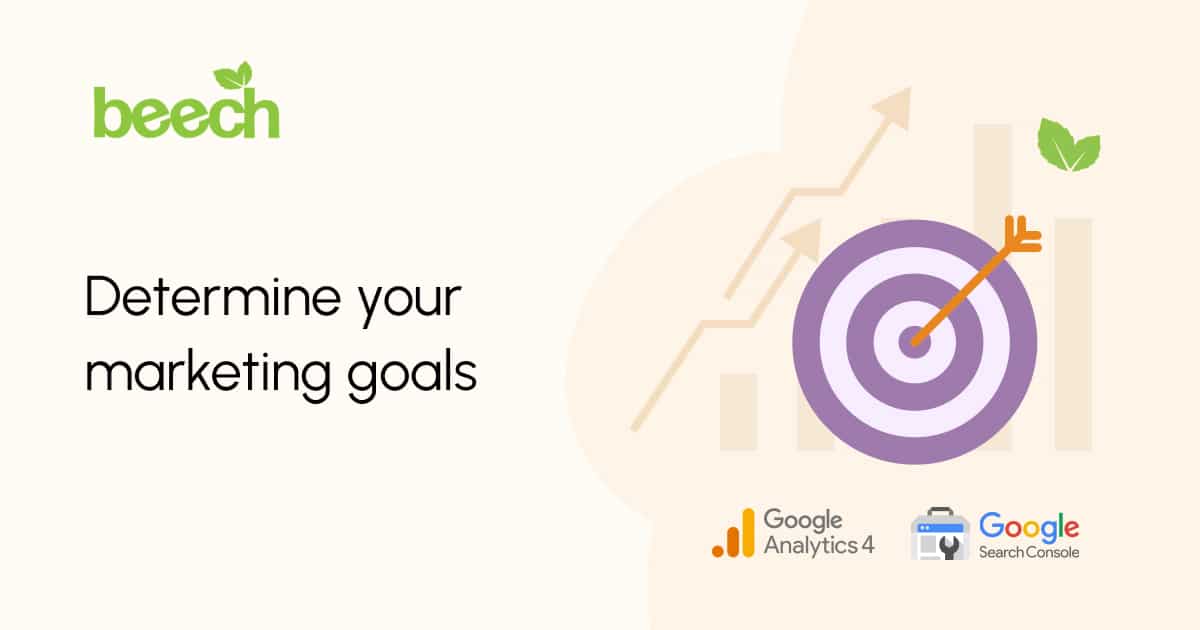We need to understand our marketing goals and target audience. Monitor our competitors and create authentic content that represents our brand. Through collaboration with a reliable website developer and marketing agency, we can ensure our website and business strategy is ready for the New Year.
Proper preparation for an effective marketing strategy increases the likelihood of sticking to and executing plans well. Some organisations risk jumping into the deep end at the beginning of the year, trying to create content and a marketing plan without the necessary starting points.
Here are five things we’d recommend working on to create and follow a strong marketing strategy for your organisation in 2025.
But if you’re ahead of the game already with your marketing strategy, why not start looking at your website? Read this blog to find out how organisations can prepare for a new website with our easy-to-follow guide.
Determine your marketing goals
How can we start anything new without a final objective?
Setting realistic, achievable goals for our organisation allows us to measure success. By collecting data from platforms like Google Analytics, Google Search Console, and social media insights, we can use information from the year before to understand our highs and lows, including any opportunities to improve.
Why realistic goals? Because they’re achievable!
Without realistic goals, we make the goalpost (pun intended) more difficult. Planning for the year ahead means creating a marketing strategy grounded in achievable outcomes, increasing our chances of success.
After setting our goals, we can continuously monitor our plans and marketing objectives to help us stay on track, ensure all our marketing ideas have a purpose, and avoid wasting valuable time, resources or budget.
Consider short-term objectives alongside an overall marketing plan
Our strategy starts with the end goals and works toward them throughout the year. In digital marketing, this is no different.
But making plans for December next year can feel so far away when we’re only just entering January.
Short-term targets allow us to constantly monitor and review our marketing efforts. These goals hold us accountable to our expectations and enable us to adapt agilely.
Without short-term goals that contribute to our result, it’s easier to lose sight of the marketing plan and risk straying from the strategy we’ve created, and the website or social media content we create from that.
Research the target market

Are we still selling to the same people? What do we currently know about them? Could we find out more?
Knowing our audience is essential when planning anything – especially our marketing!
When marketing a brand online and creating content to promote ourselves, we’re likely to reach a wide network of people, whether it’s on social media, our website or somewhere else entirely. But are all of them our ideal customers?
Our ideal customer represents those in our audience that we want to purchase our products or services the most. This means when creating a marketing strategy and any marketing activities that follow, we must target these ideal customers to grab their attention and prompt conversions. Communicating with them is key to understanding their wants and needs and how our organisation can solve their problems.
How can we find out who our ideal customer is?
With data! Utilising market segmentation allows us to narrow down our customer persona using data-driven analysis and competitor research. We can find out their demographics, online interests, and even what devices they use when browsing online. We can also analyse previous content to determine where we were most successful.
All this information is valuable. From these insights, we can tailor our marketing strategy to speak directly to the ideal customers in our audience, creating content and campaigns that stand out to them, increasing the likelihood of engagement.
For more information on using data tools like Google Analytics, check out our walkthrough guide on GA4.
Understand your offering and how to market it
Your marketing strategy needs to know what it’s selling before we can plan how to sell it!
Organisations grow and develop constantly. With this growth come more opportunities and potential products or services to sell to our customers and shout about online!
Once we understand more about our audience, it’s time to review our offering and how we promote it. The end of a year is a great time for many organisations to reflect, and it gives us the opportunity to make changes to pursue more success in the year ahead.
It also gives us time to view our performance against previous goals. Was there a product in higher demand that we didn’t expect? How many sales did we get from our e-commerce website?
It’s also important to put ourselves in our customers’ shoes. Why did one product sell better than another? What pain points prevented a service from being chosen?
This type of reflection enables us to adjust our offering. This could include:
- Increasing or decreasing stock on products that were more or less popular
- Advertising these products on platforms most popular with our audience
- Developing an improved service based on audience feedback, using our website, Google Business Profile listing, social media conversations and more
- Making our offering easier to access, whether that’s on our website or selling more through social media to gain more of our audience’s attention
- Using consumer biases to encourage customers to choose our brand with stand-out calls to action
With an improved offering and further clarity on what our audience wants within our overall strategy, planning our content is much easier!
Prepare content that is relevant to your marketing strategy
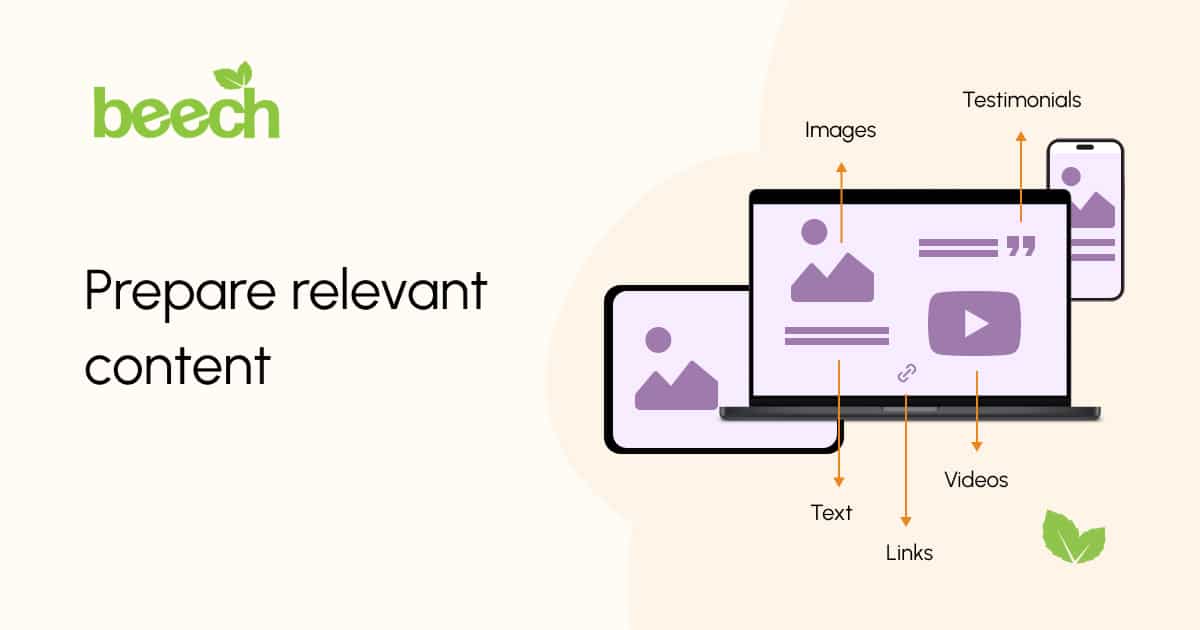
Our content is how we communicate our brand and our offering to the customer.
Once we understand our objectives and the many factors affecting a marketing strategy, we can set clear requirements for creating content that suits the values and products we want to promote to our customers. This includes:
- Images and graphics: Images are handy for engaging an audience and can significantly influence the customer buying process. Choosing high-quality, relevant graphics and images to represent the brand and the products or services offered is key to keeping our customers engaged throughout our content.
- Videos: Use videos, like images, to grab an audience’s attention. A fast-loading, instantly engaging video can make a website or social media profile stand out even more. Check it’s created with the organisation’s branding to make the organisation recognisable.
- Text content: Using keywords and phrases in our content, we’re more likely to reach the audience we’ve spent time researching and understanding in detail. Text content should be engaging throughout, informing and persuading our audience to choose us.
- Testimonials: Reviews and feedback are a great way of adding credibility and trust to a brand and updating them regularly makes their value even more potent. As a bonus, embedding Google Reviews gives visitors freshly updated content straight from real customers!
With these elements, we can build an effective online presence that targets the right people, improves our brand visibility and establishes us as industry leaders amongst a network of competition.
Keywords inform your content, so add them to your plan!
Once we understand our audience, we can adjust our content to reach them specifically. One way to do this is through keywords.
Various platforms use keywords to help identify a business online. They’re an effective SEO technique for website content, useful for hashtags on social media posts, and can be included in meta information to make our content more accessible.
How do we know which keywords to use?
- Choose words and phrases commonly used by our discovered audience
- Consider which words and phrases are commonly used in the industry, whether that’s from thought leaders or competitors
- Choose a range of long-tail keywords for specific topics with a lower search volume, as these are often easier to rank for
- Use keyword tools such as SEMrush and Google Trends to find out more about what your audience is searching for
With the right keywords, we’re not just attracting our ideal audience. We’re strategically positioning ourselves online. By integrating them into our marketing plans, we can focus on creating content that engages the right people and positions us in the right places online.
For help with your website content, check out this previous blog from Beech.
Choose the right marketing agency to help aid your strategy

Once everything is prepared, it’s time to implement these changes, including updating your website!
According to Siteefy, 82% of websites are inactive, meaning updating our website content is an excellent way to stand out by maintaining an active online presence. It’s also a significant ranking factor for Google, favouring active websites.
If you can’t make the changes yourself, hire a trusted developer to do the work for you.
Things to look for in a marketing agency:
- Do they have the same values as my company?
- Do they offer ongoing support?
- Are they reasonably priced?
- Do they have good reviews?
- Can I trust them with my website?
If you’d like to request support from our team in the New Year, raise a ticket on our website.
We’re happy to help!
What have we learnt to get ready for the New Year?
With the right preparation, we can create a marketing strategy that kicks off the year in the best way possible. We can develop a deeper understanding of our objectives, both short and long term, have clarity on our ideal customer, create an improved offering and engaging, valuable content that will promote it to our online audience.
All of this, with the right developer, will push our digital marketing strategy and activities in the right direction for another successful year. Speak to us today if you’d like to get started!
Additionally, we’re currently taking bookings for the New Year for organisations hoping to create a new bespoke, sustainable website for their brand. Book a meeting today if this is you.
